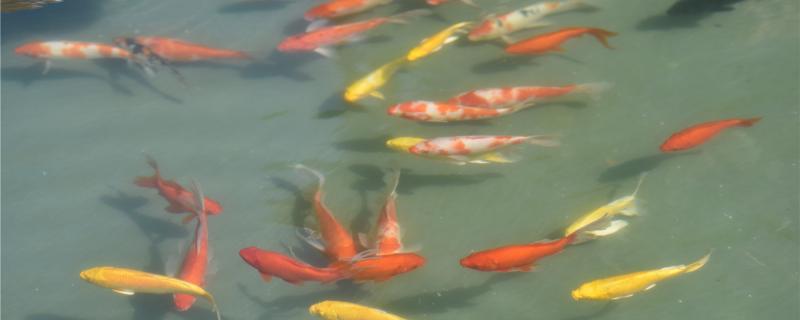 1. What should I do if the fish pond does not store water
1. What should I do if the fish pond does not store water If the fish pond does not store water, it can be reinforced with clay. Usually, when digging fish ponds, it is necessary to prepare for leakage prevention. Usually, the commonly used leakage prevention method is to spread one or two layers of plastic film, and then bury it with soil, so that the water will not seep down. However, the leakage-proof ability of plastic film is limited, and there will still be risks after a long time, so it is best to adopt concrete reinforcement to ensure the water storage in fish ponds.
2. How to deal with fish ponds to raise fish1. Dealkali: After fish ponds are built, dealkali should be removed first. Usually, alkali removal is only for cement ponds, and the simplest method of alkali removal is to use blisters, but it takes a long time to do so, which often takes half a month, and the water needs to be changed once every two or three days. Alkali can also be removed with calcium superphosphate or acetic acid, which only takes three days.
2. Disinfection: In order to avoid harmful bacteria in fish ponds, disinfection is needed after construction. There are many drugs to choose for disinfection, the most common of which are quicklime and bleaching powder. After injecting proper amount of water, sprinkle it into the pond, so that bacteria and fungi in the water can be eliminated.
3. Fertilization: Usually, fry are raised in fish ponds at the beginning. In order to provide food for fry, fertilization needs to be carried out in advance to cultivate some plankton. Fertilization must use decomposed fertilizer. Untreated fertilizer may pollute water body when entering water.